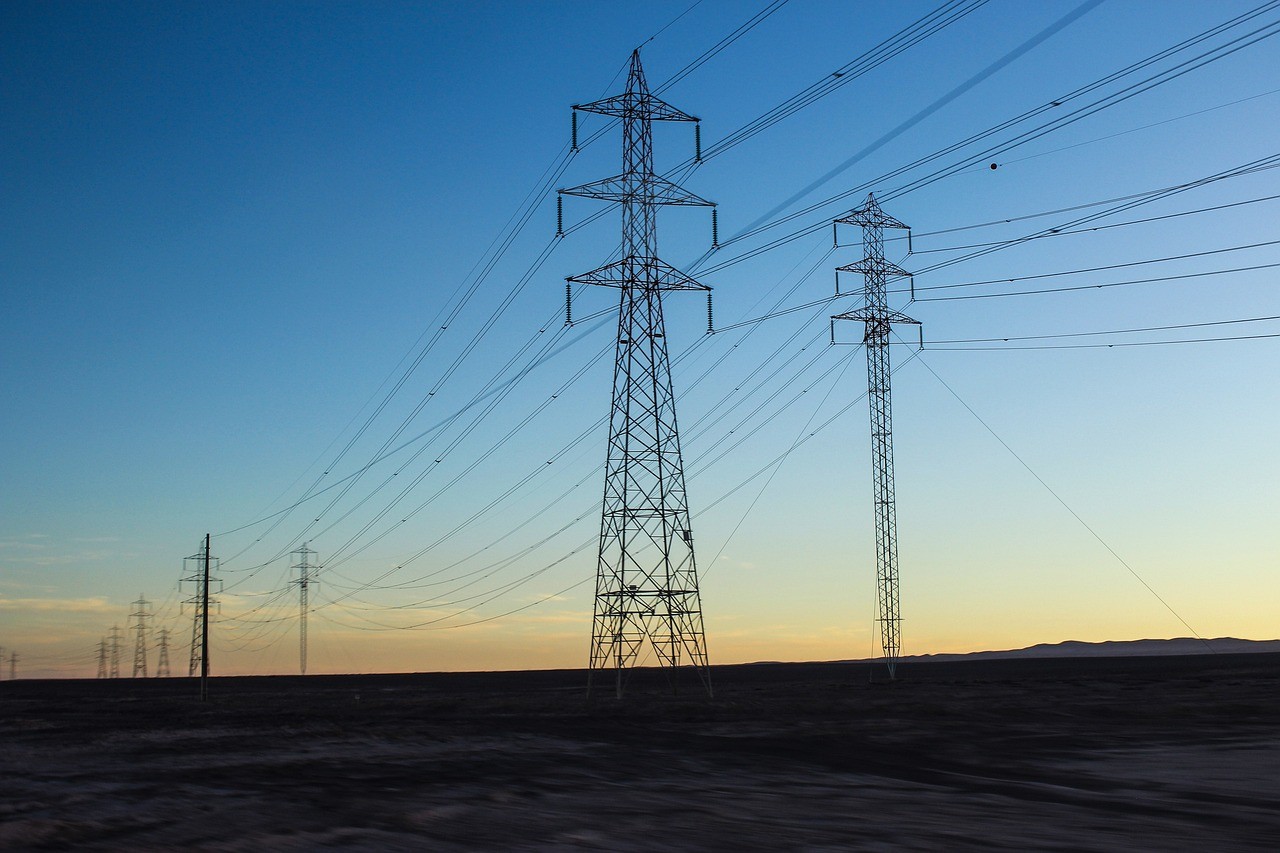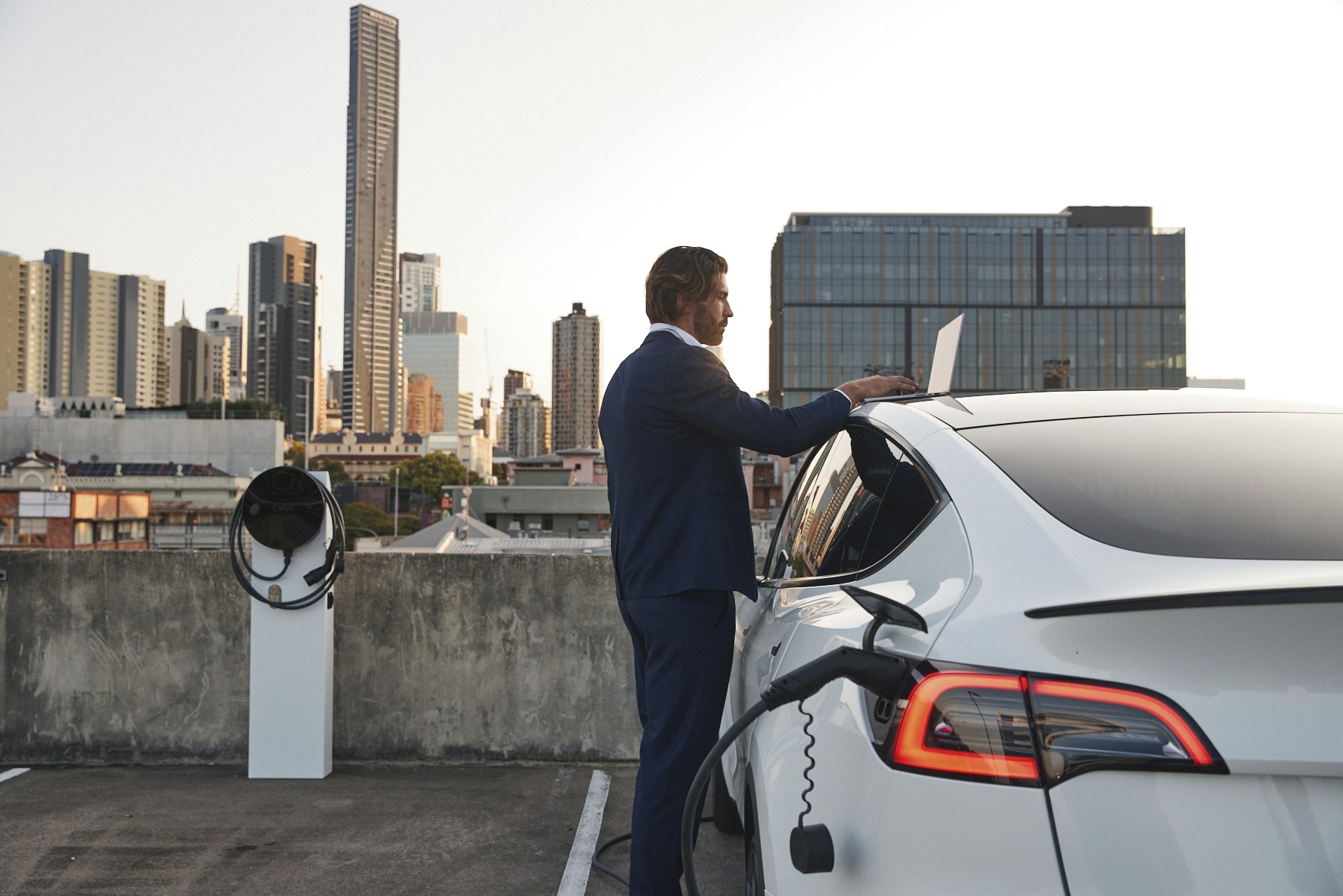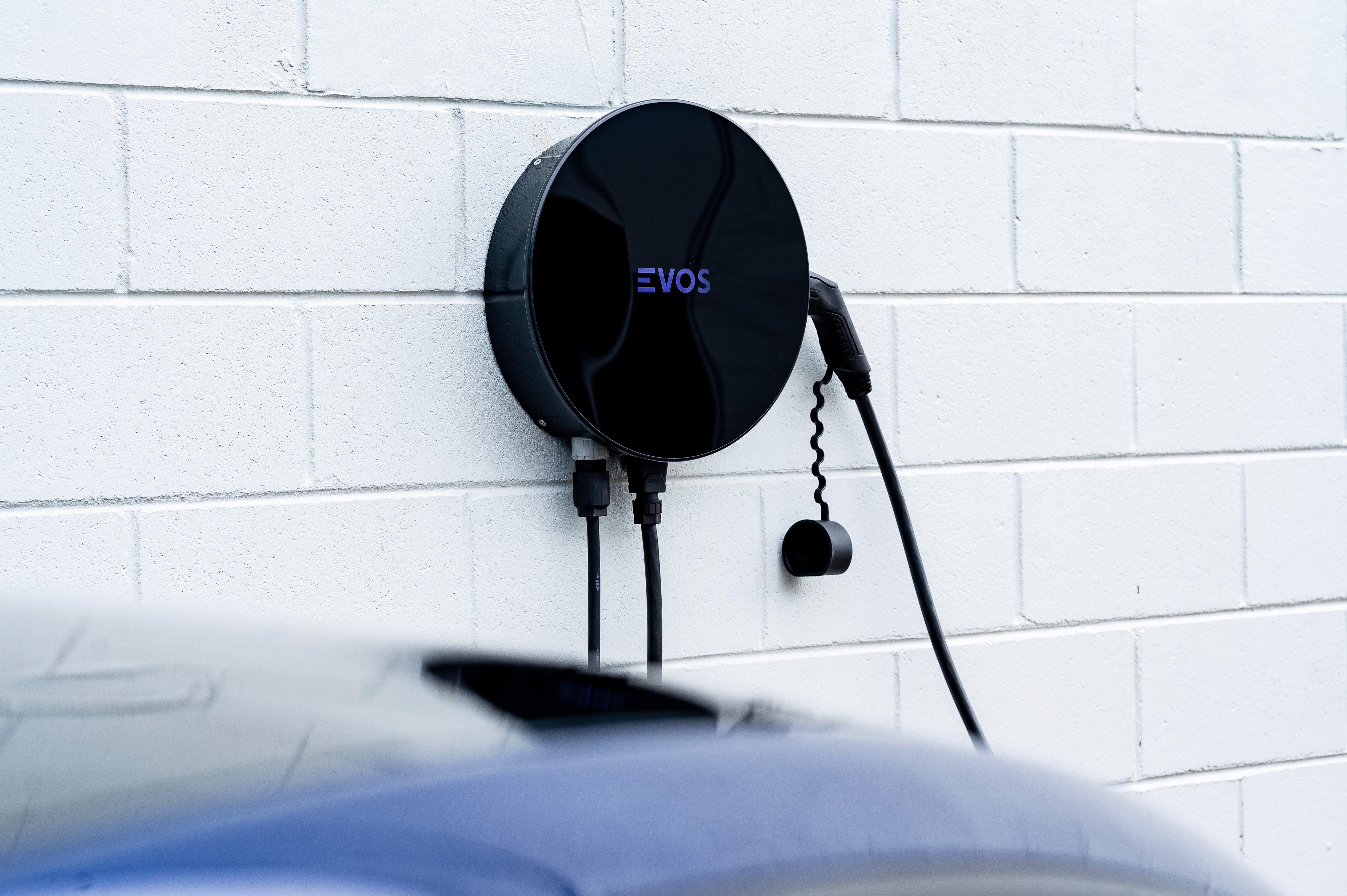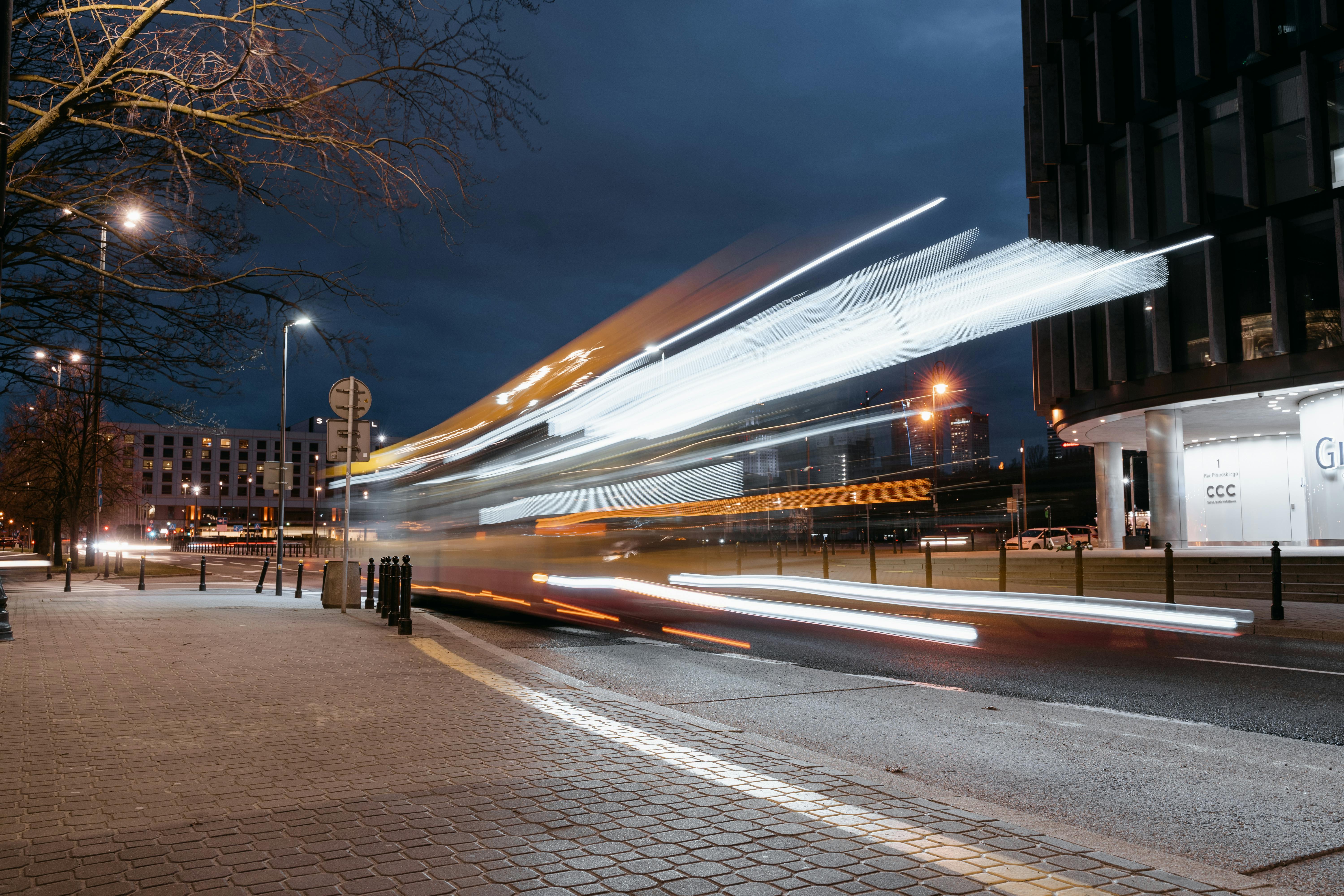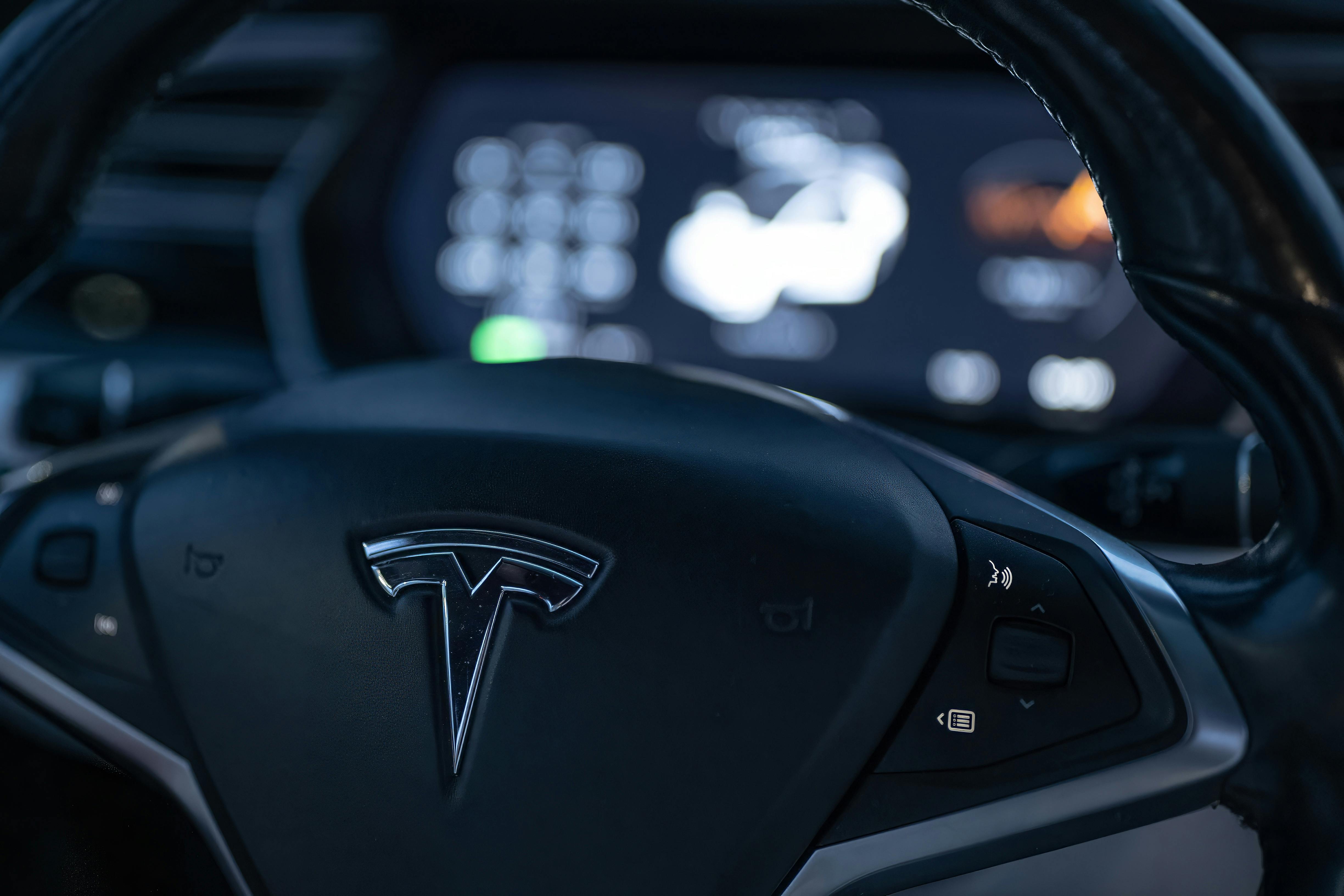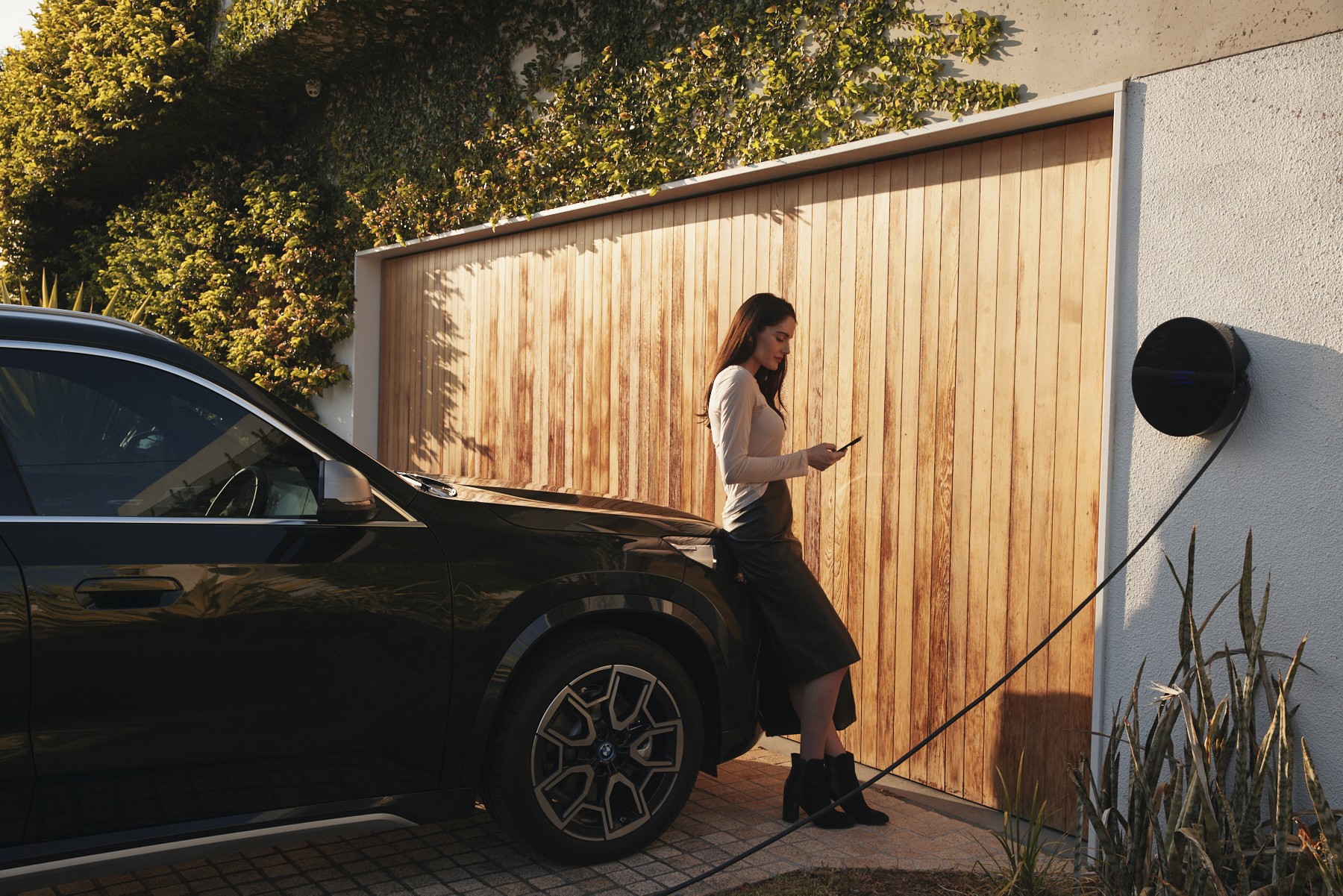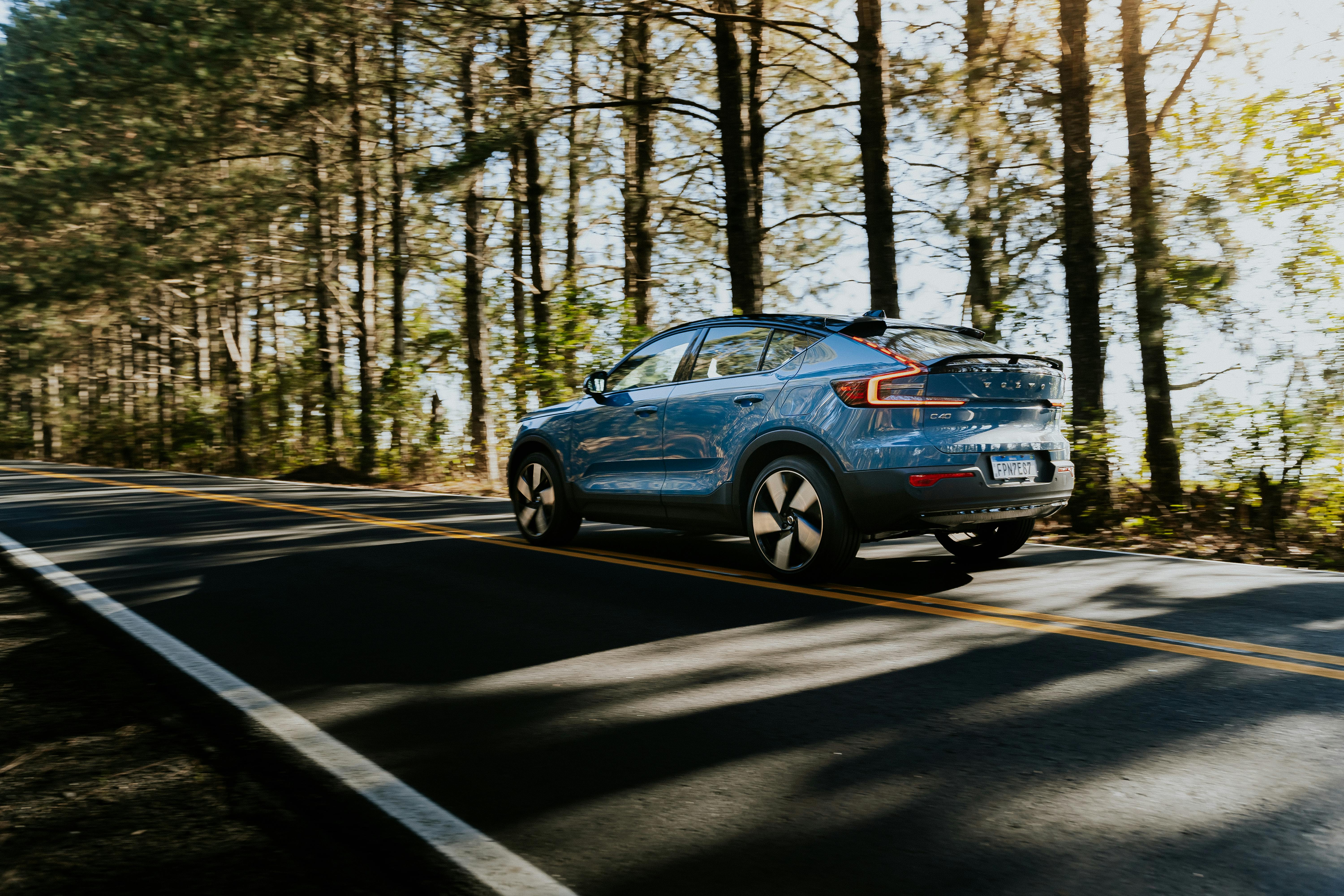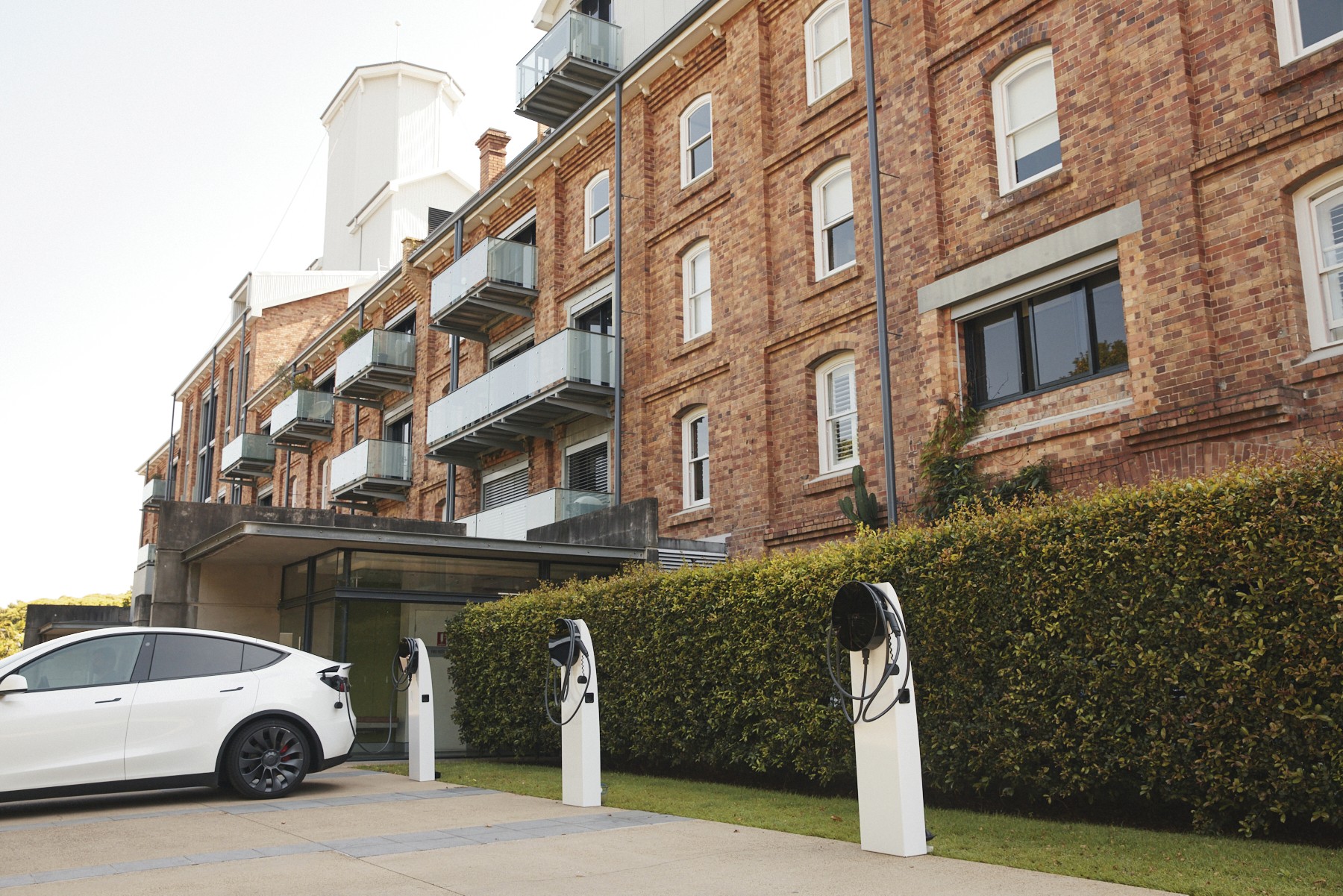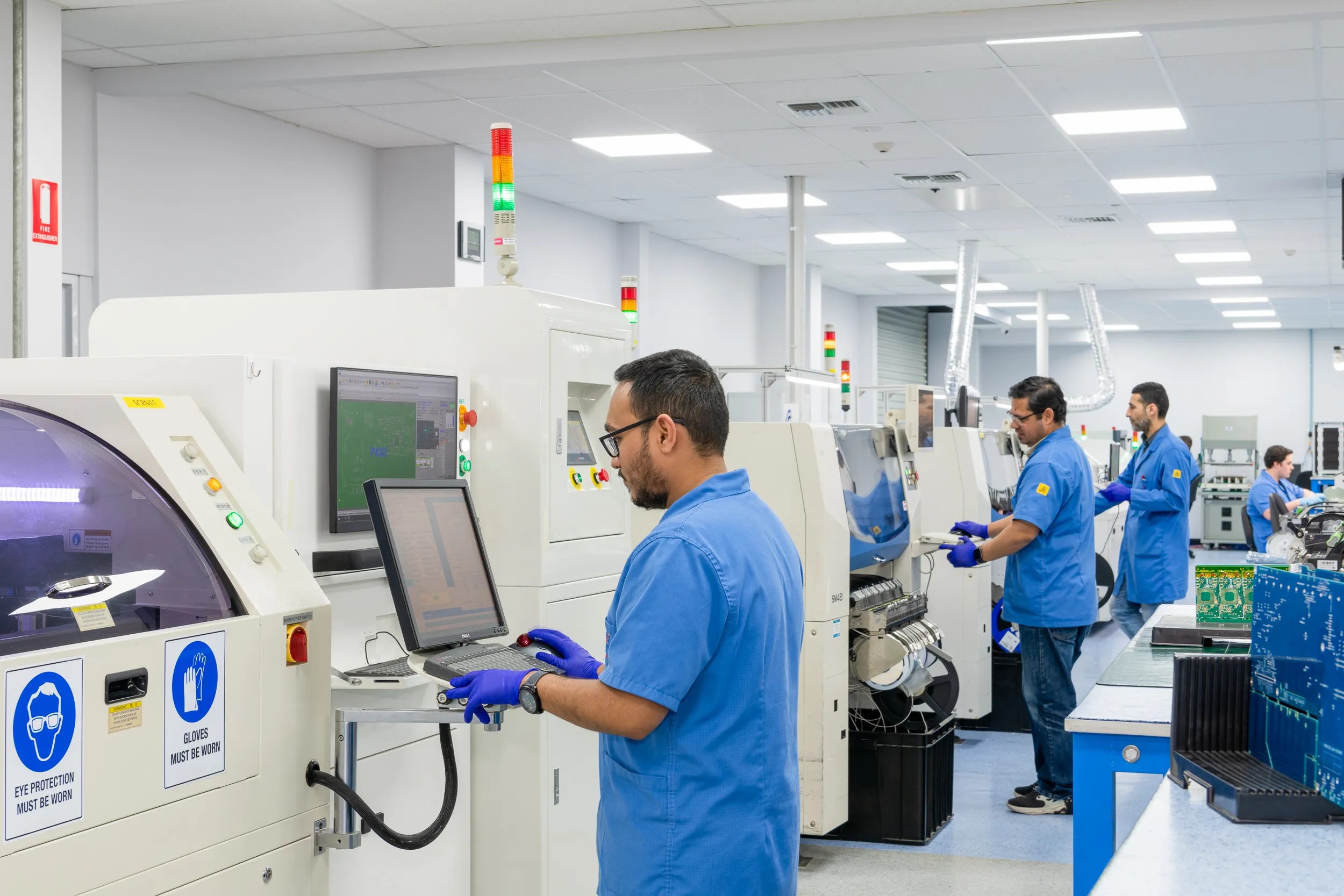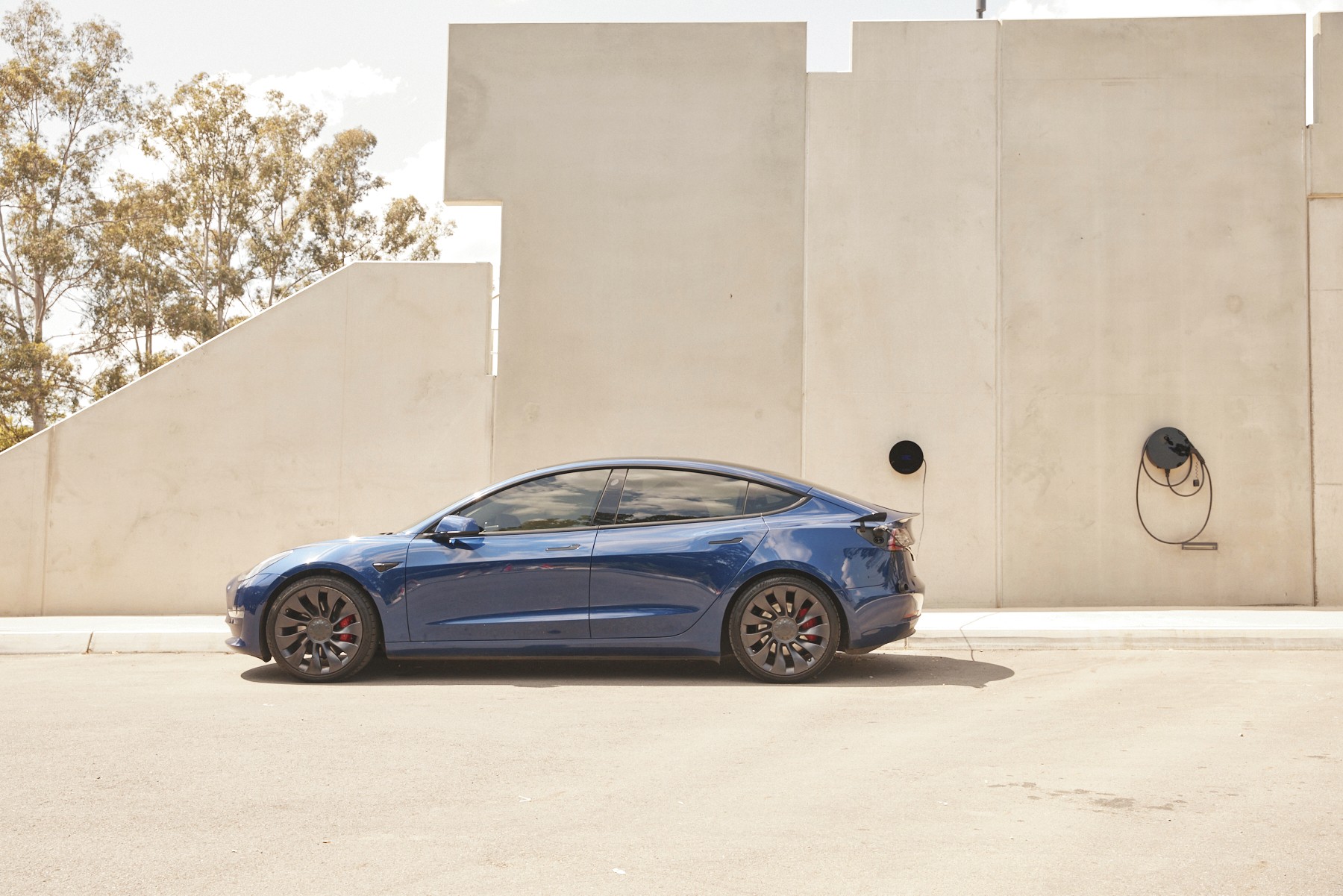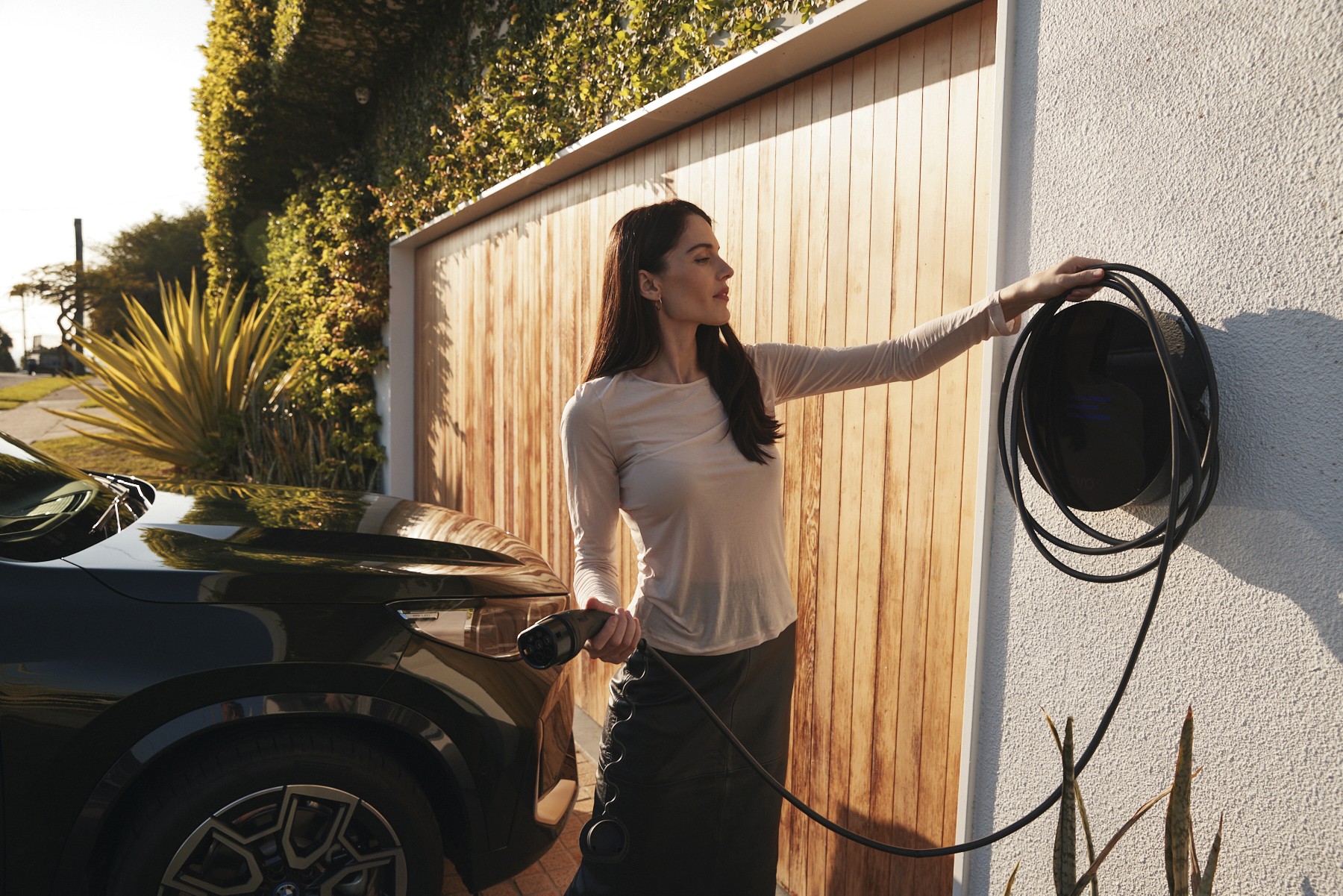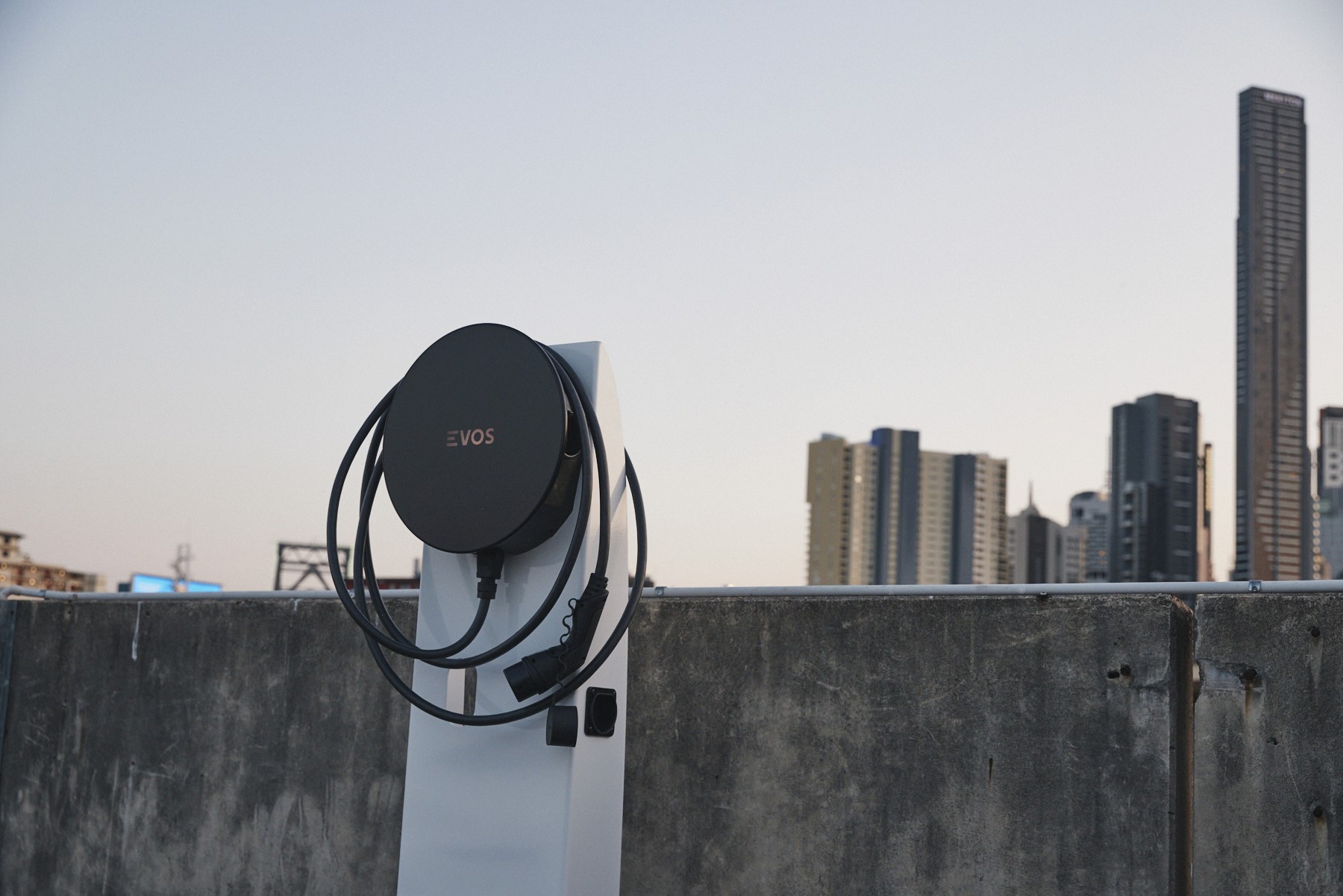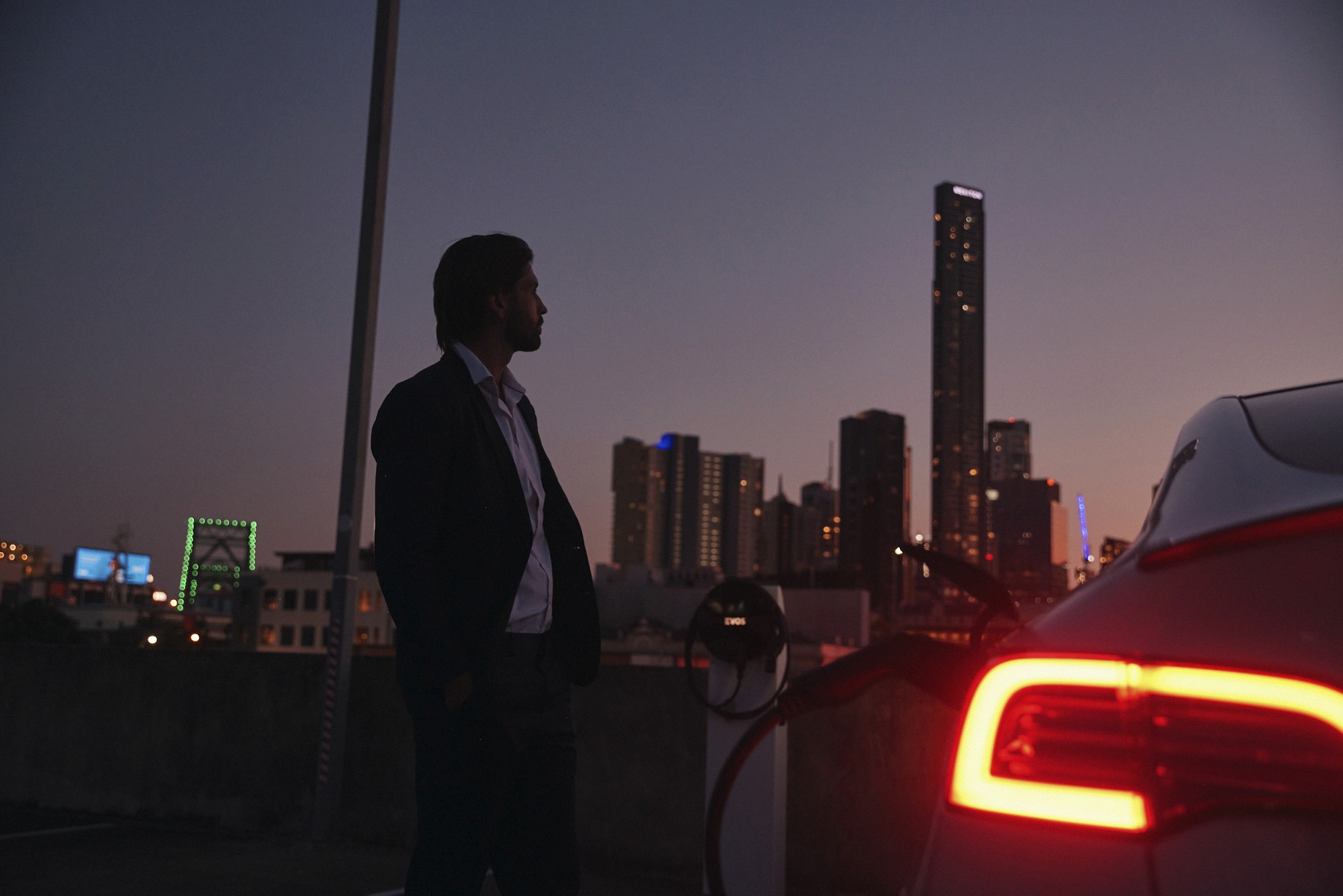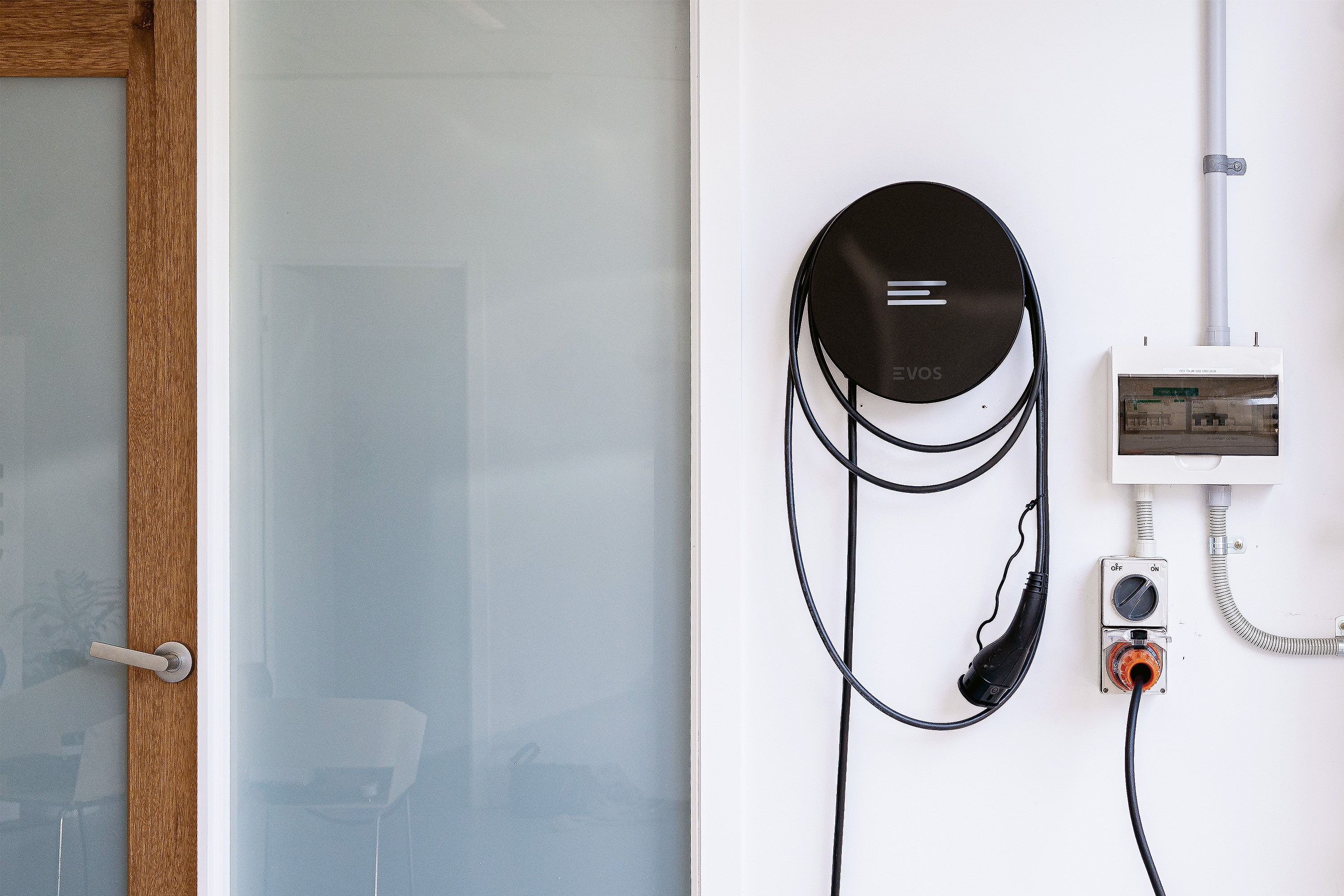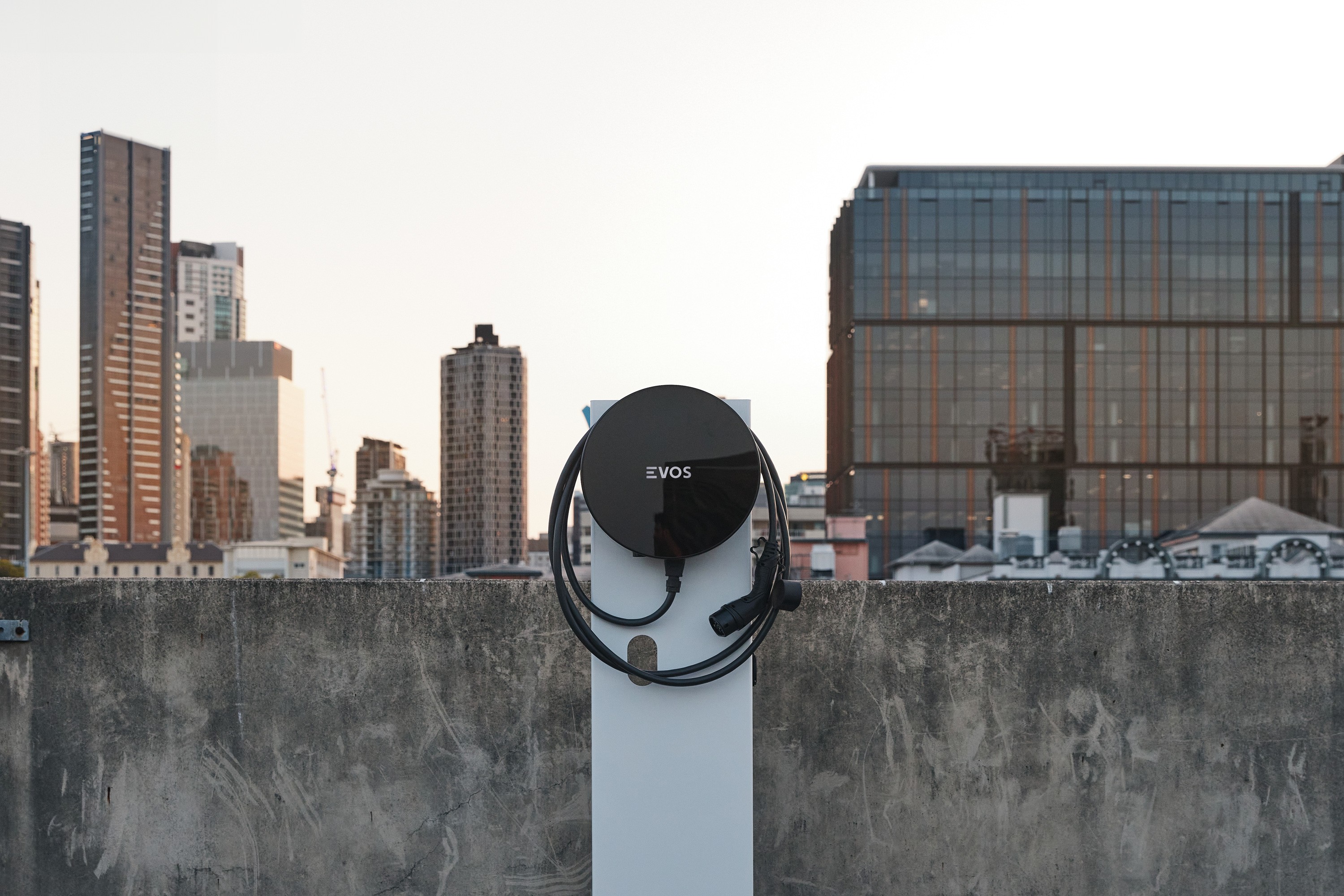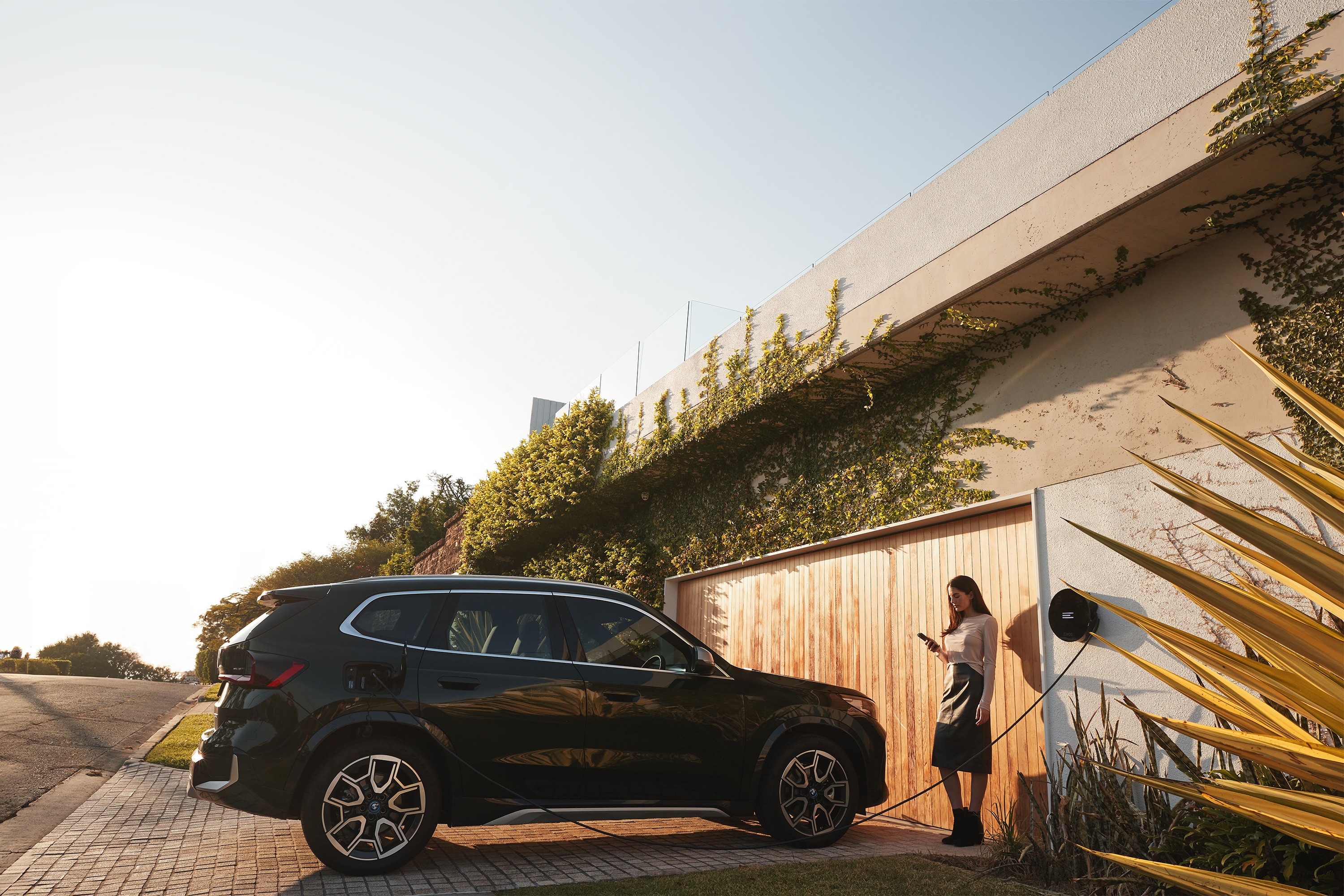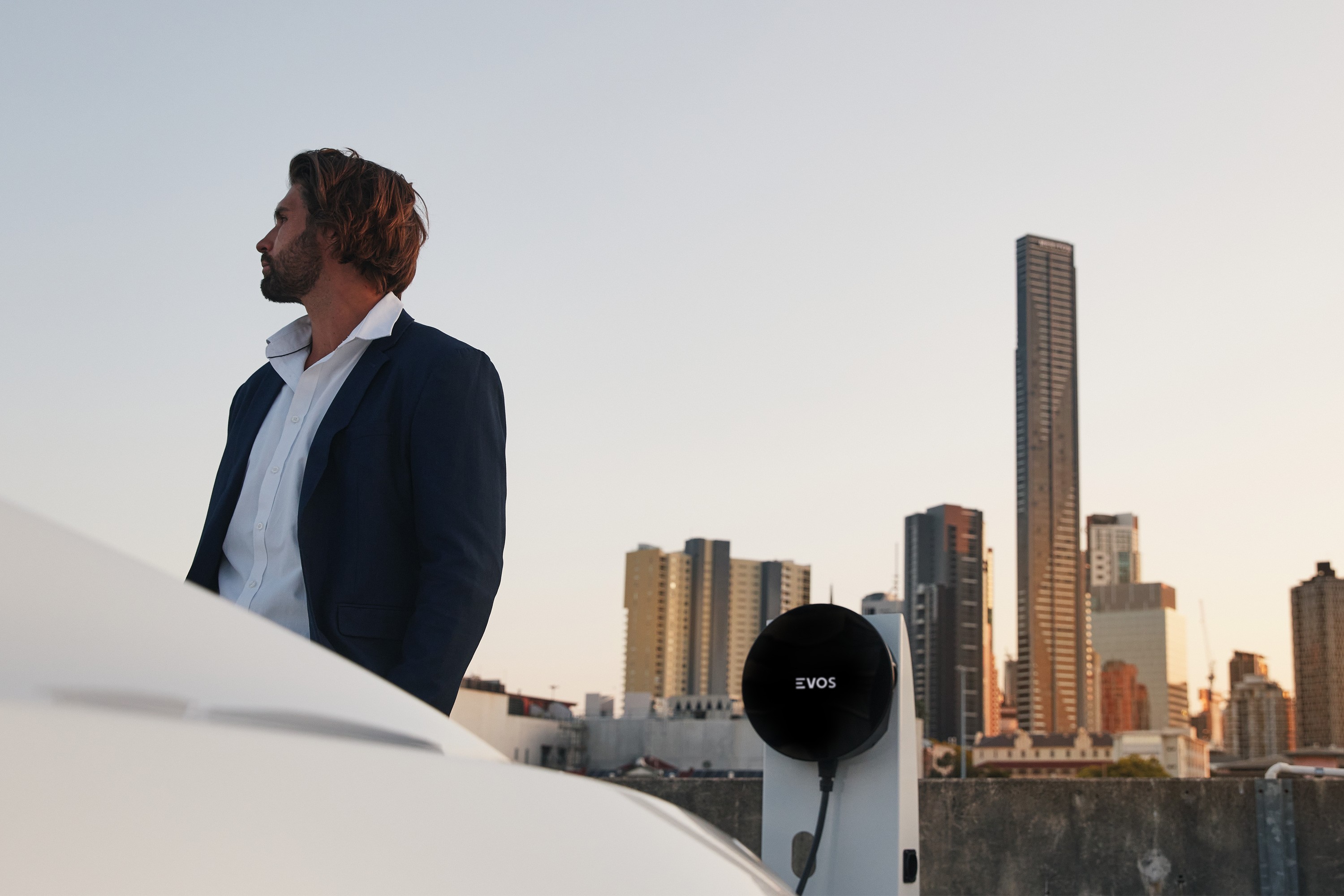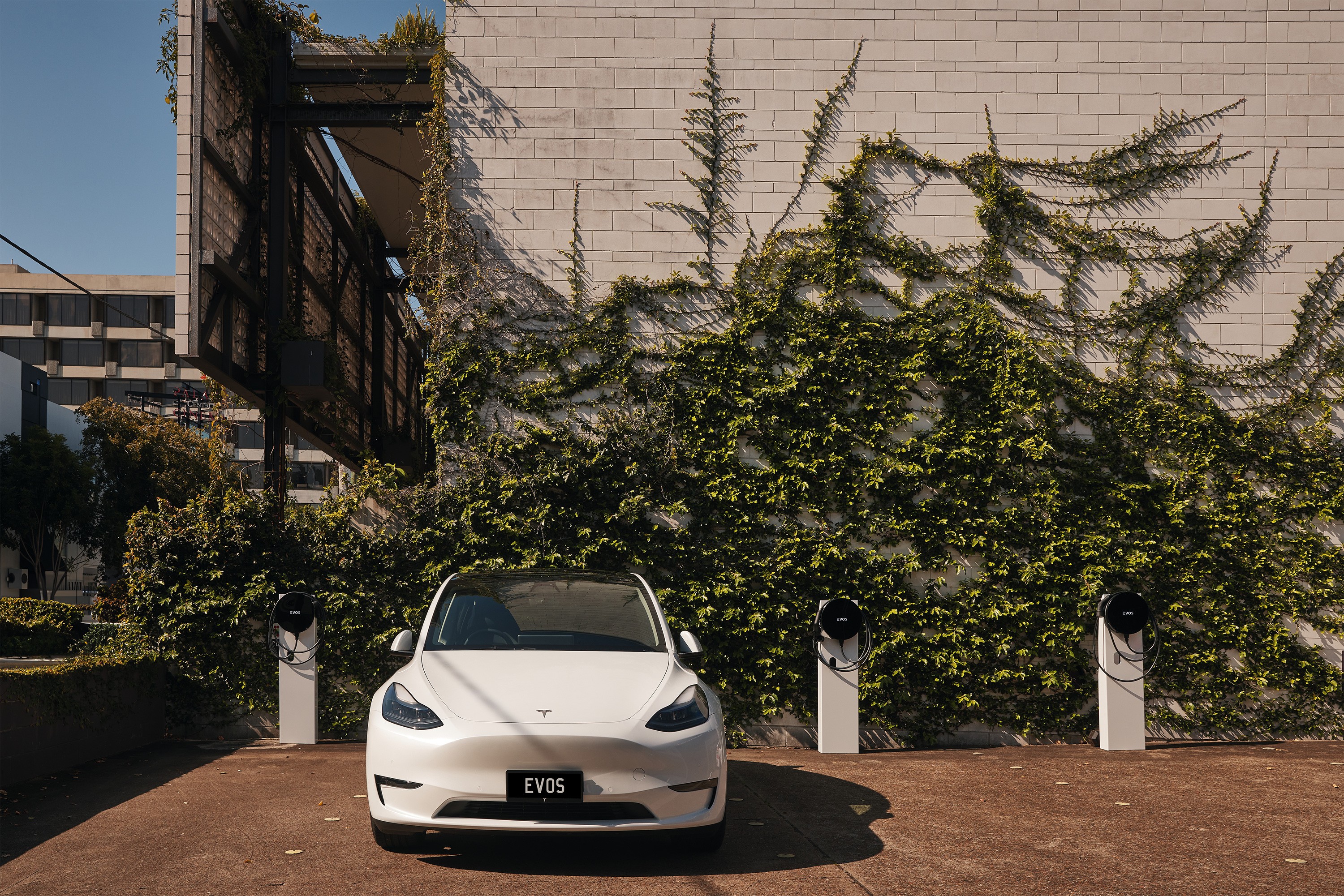

It’s estimated that 2.5 million vehicles on Australian roads are part of a corporate fleet and given that emissions from the transport sector are the fastest growing source of pollution, businesses have a key role to play in managing this environmental impact.
We’re seeing many leading Australian companies transition to electric vehicles or at least announce their roadmap to a zero-emission fleet. Take AGL Energy for example – by 2030, this company aims to electrify 100% of their light vehicle fleet. It’s also great to see that governments are increasing support for businesses making this commitment, with initiatives like South Australia’s Electric Vehicle Fleet Pledge creating a network for businesses moving to EVs.
If you’re considering making the transition to an electric fleet, the business case has never been stronger.
The steps to an EV Fleet
Naturally, assessing your current fleet is the first step in your fleet electrification journey, and will identify your operational requirements and needs. With over 80 models of battery-powered EVs available currently within Australia, there’s a significant amount of choice on the market. Consider whether the range the vehicle offers, cargo rating, or features like driver-assist options are your priority when deciding what type of EV is the right fit for your company.
How do employees usually adapt to new technology, and is there likely to be any resistance to the change? Even though EVs are more reliable than ICE vehicles and mitigate any health risks associated with the emissions generated from their more traditional counterparts, employees may have been exposed to damaging misinformation about EVs. Educating your workforce about the benefits of electric vehicles is an often-forgotten part of the transition process but is integral to effective change management.
Charging your EV Fleet
Recent research suggests that the most common charging arrangement for EV fleets are on business premises, making up 71% of the total charging time for company cars. It's also clear that Level 2 AC chargers are the main method of onsite charging, and only a fraction have considered installing DC charging infrastructure. This data is not surprising, as this has the potential to mitigate costly infrastructure upgrades associated with “fast” charging.
Whilst there’s a lot of decisions to be made when coordinating the transition to an EV fleet, deciding what EV charging infrastructure to invest in is the easiest of the lot. EVOS’ AC charging hardware and Energy Platform allow you to allocate and schedule preferential charging to effectively manage the energy consumption of each vehicle within your fleet. Further, our energy management solutions enable you to monitor the cost of charging sessions and run comprehensive analysis and reports. We’re also able to cut your CAPEX cost and it to a simple OPEX cost on your energy bill.
Transitioning to an electric fleet is more a matter of if, not when. Last year Amazon added 10,000 electric vehicles to their fleet of delivery vans in 2023 and subsequently gained six points on their customer satisfaction index. It’ll pay to be ahead of the curve and your fleet will be positioned as a market leader.
If you have any questions about EVOS’s energy management solutions, reach out to our friendly sales team at sayhi@evos.com.au
Related
Related
Related
EV energy made simple.
EV energy made simple.
EV energy made simple.



